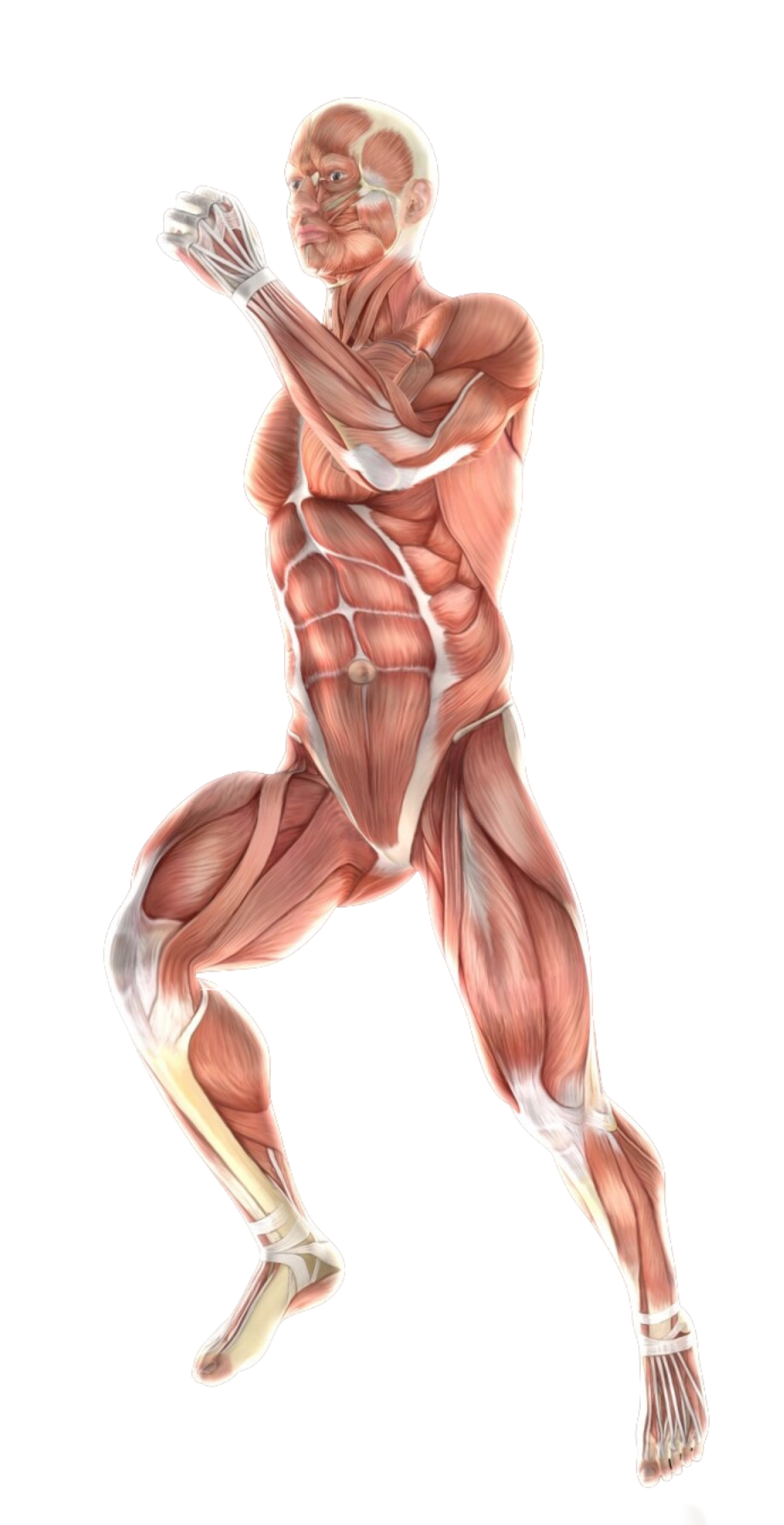- #11-13 Mount Elizabeth Medical Centre (Orchard)
- Mon Fri 9am — 6pm | Sat 9am — 12.30 pm
The kneecap, commonly known as the patella, is a small, flat bone located in the front of the knee joint. It plays a crucial role in protecting the joint and extending the leg. A patella fracture is a break in this bone, which can occur for various reasons and cause significant pain and functional limitations.
Patella fractures can be:
The following signs and symptoms are common with a patella fracture:
Several factors can contribute to a patella fracture, often involving a direct blow or a strong contraction of the quadriceps muscle:

While anyone can suffer a kneecap fracture, certain factors can increase your susceptibility:

The treatment approach for a patella fracture depends on the severity of the break, the displacement of the fragments, and individual factors. Below is an overview of common treatment options:
Surgery is typically considered for displaced fractures that:
Surgical options for patella fractures might include:
The recovery time for a patella fracture can vary depending on the severity of the injury, treatment approach, and individual factors:
Non-displaced fractures: May heal within 6-8 weeks with proper immobilization and physical therapy.
Displaced fractures: Healing might take several months, especially following surgery, with physical therapy playing a crucial role in regaining full function.
It’s crucial to note that regaining full strength and flexibility after a patella fracture can take up to a year or even longer, especially for athletes returning to high-demand sports.

Spine - Neck
Shoulder & Elbow
Spine — Back
Wrist & Hand
Knee Pain
Ankle Pain
Foot Pain
Book a consultation with us for a more comprehensive diagnosis and a personalised treatment plan best suited to your needs.

Spine - Neck
Shoulder & Elbow
Spine — Back
Wrist & Hand
Knee
Ankle
Foot